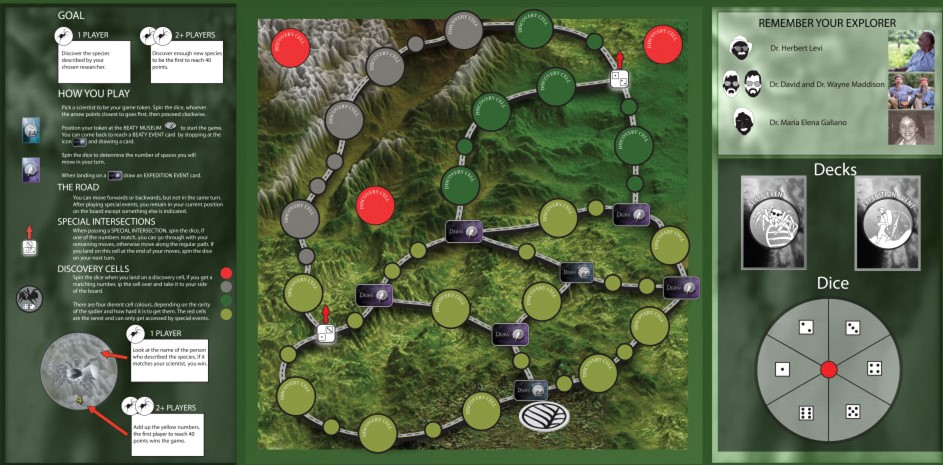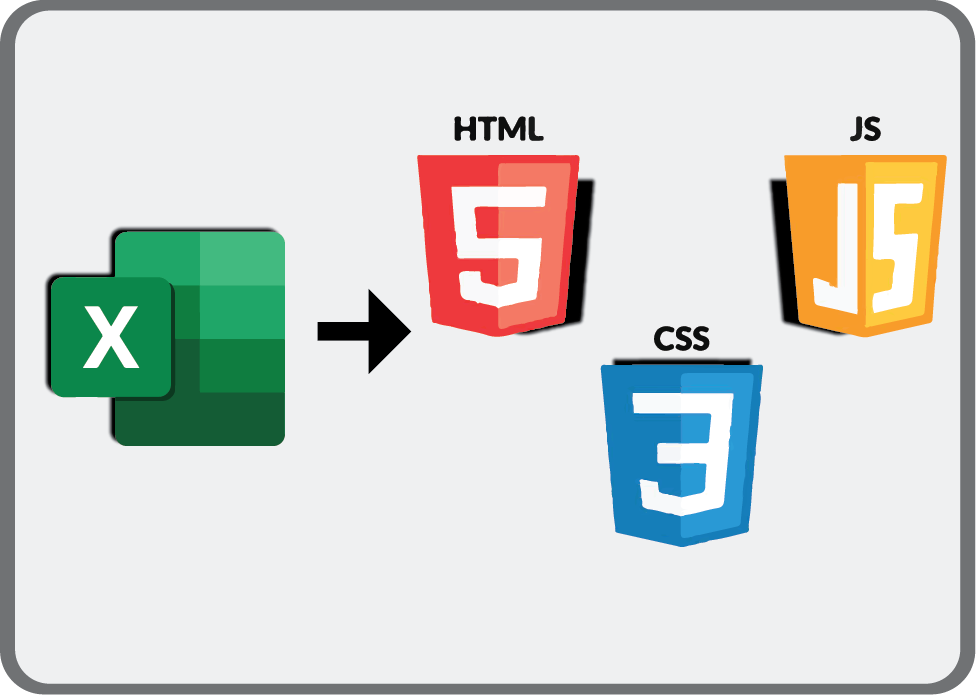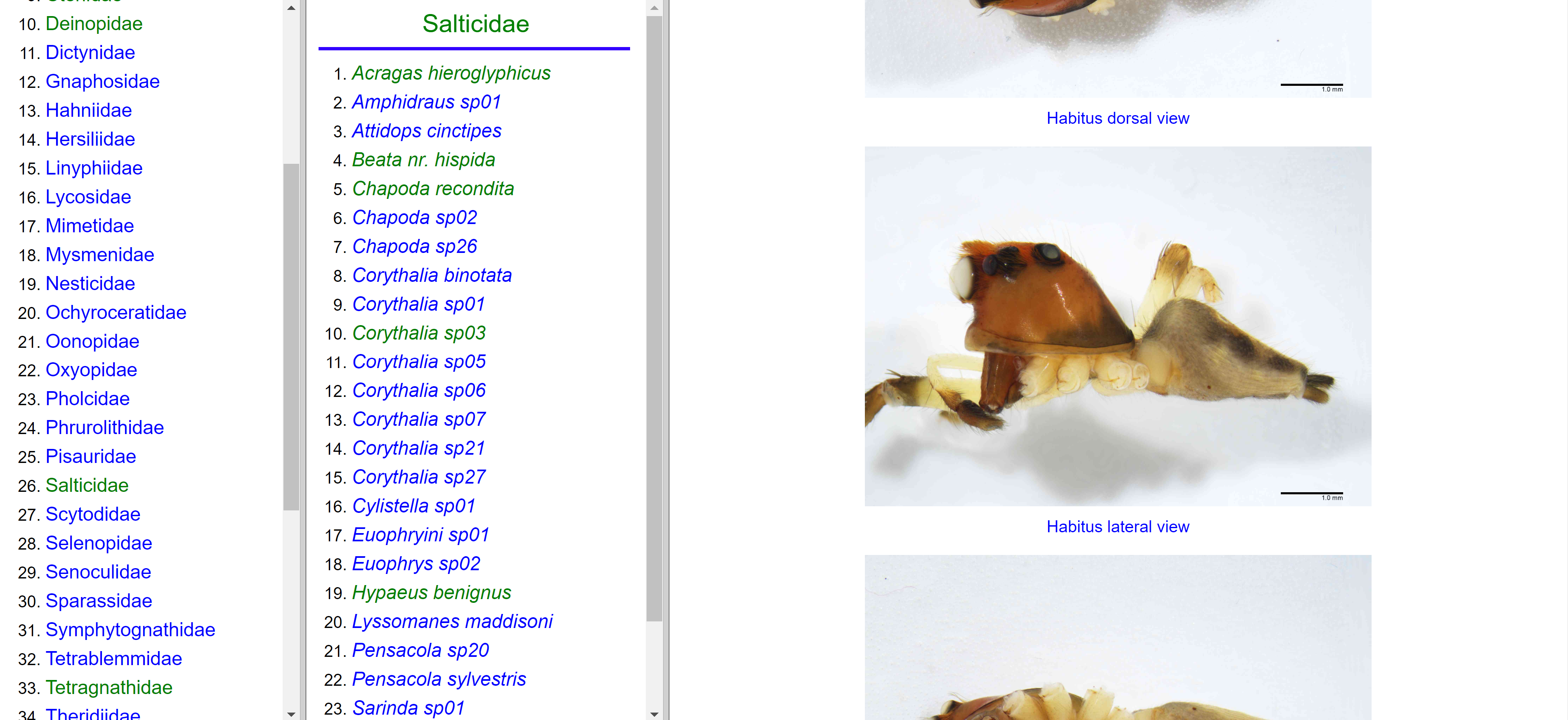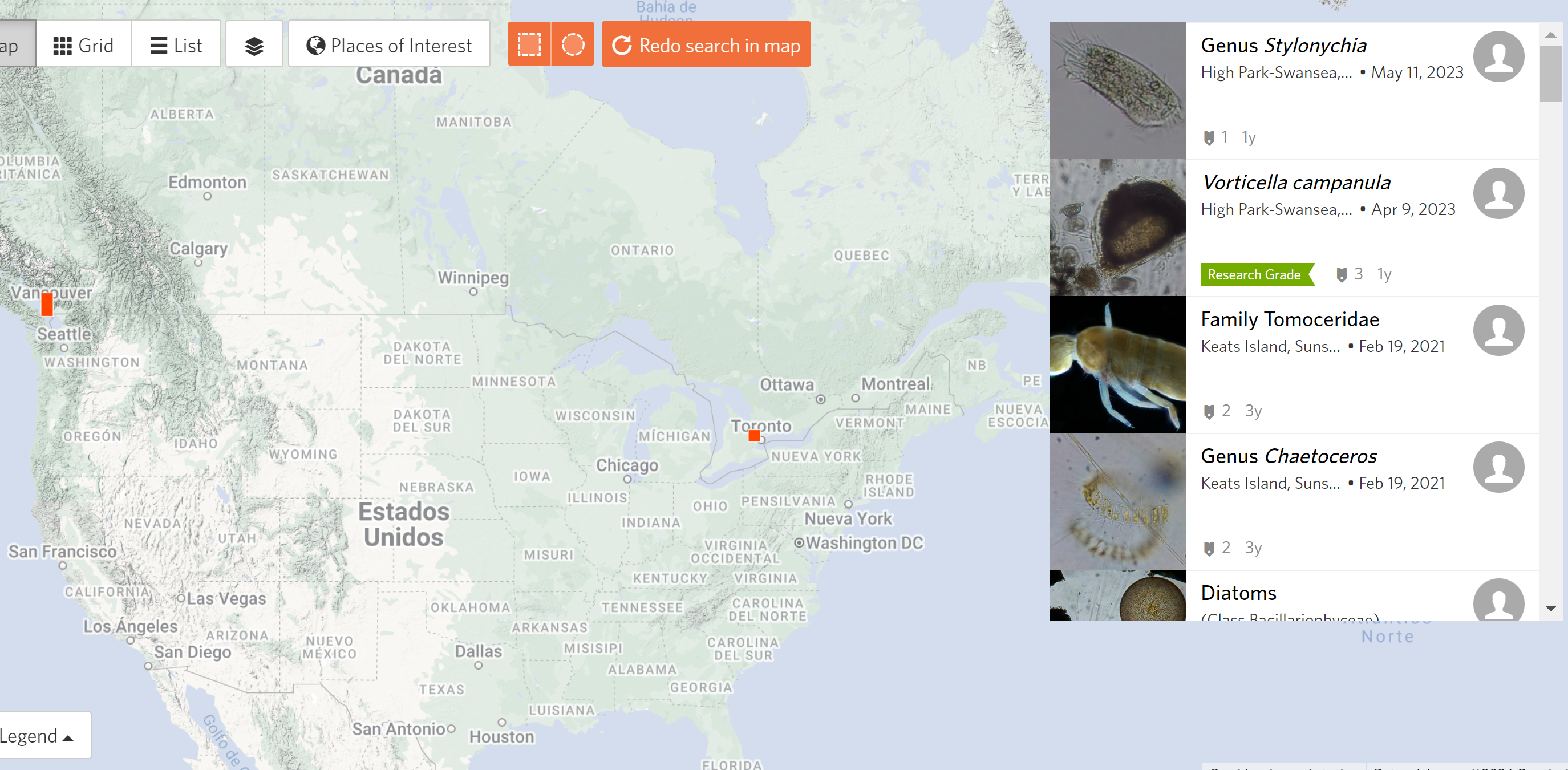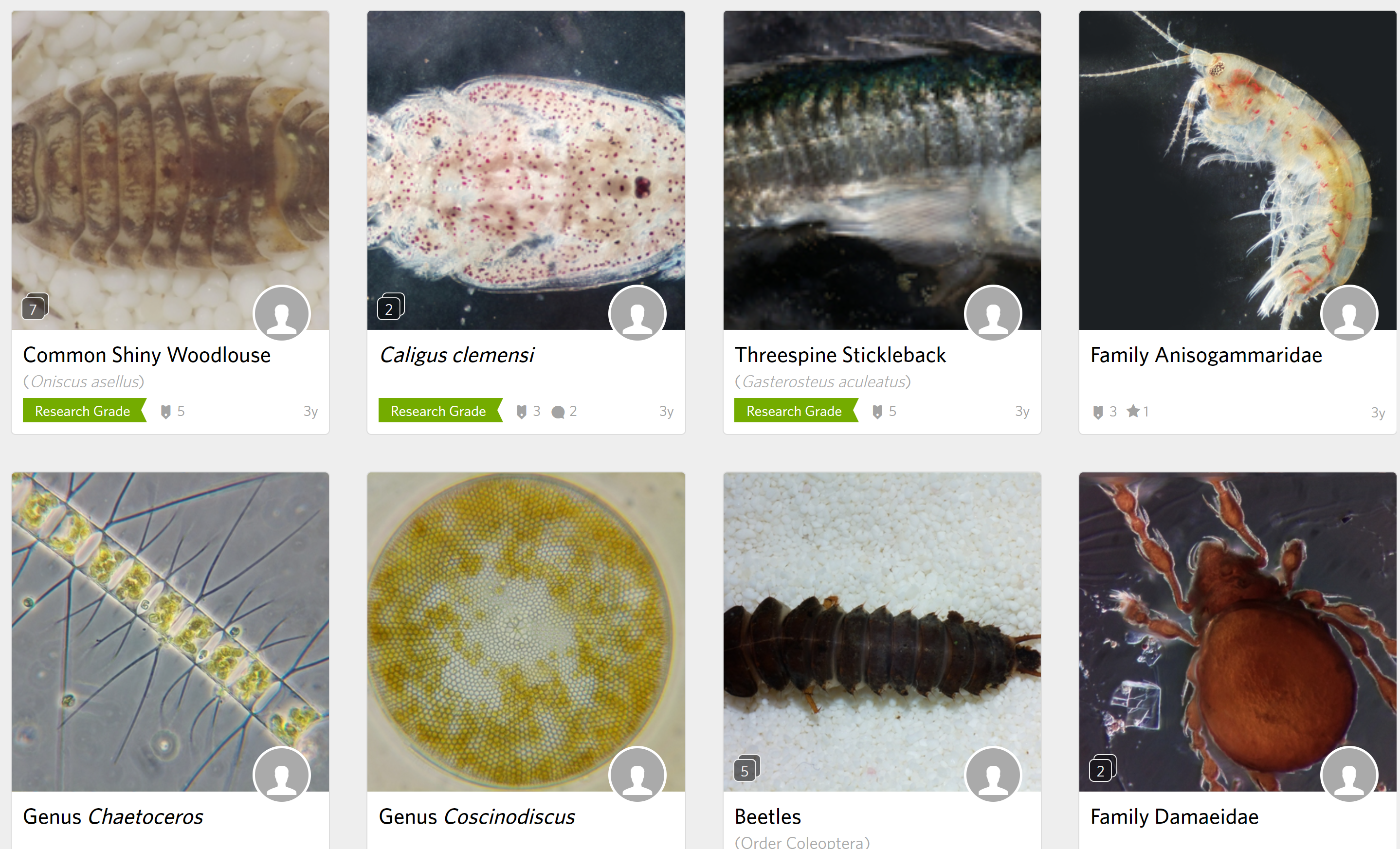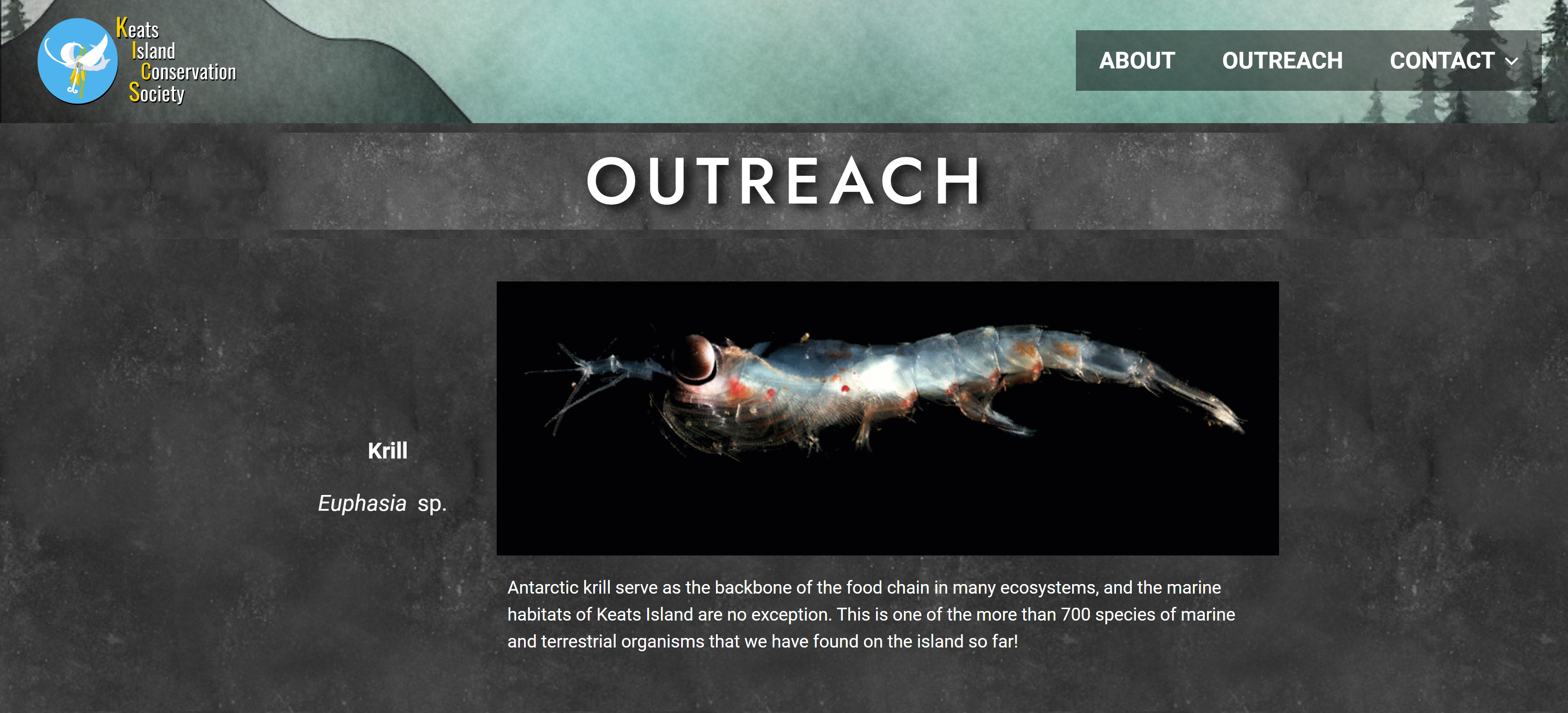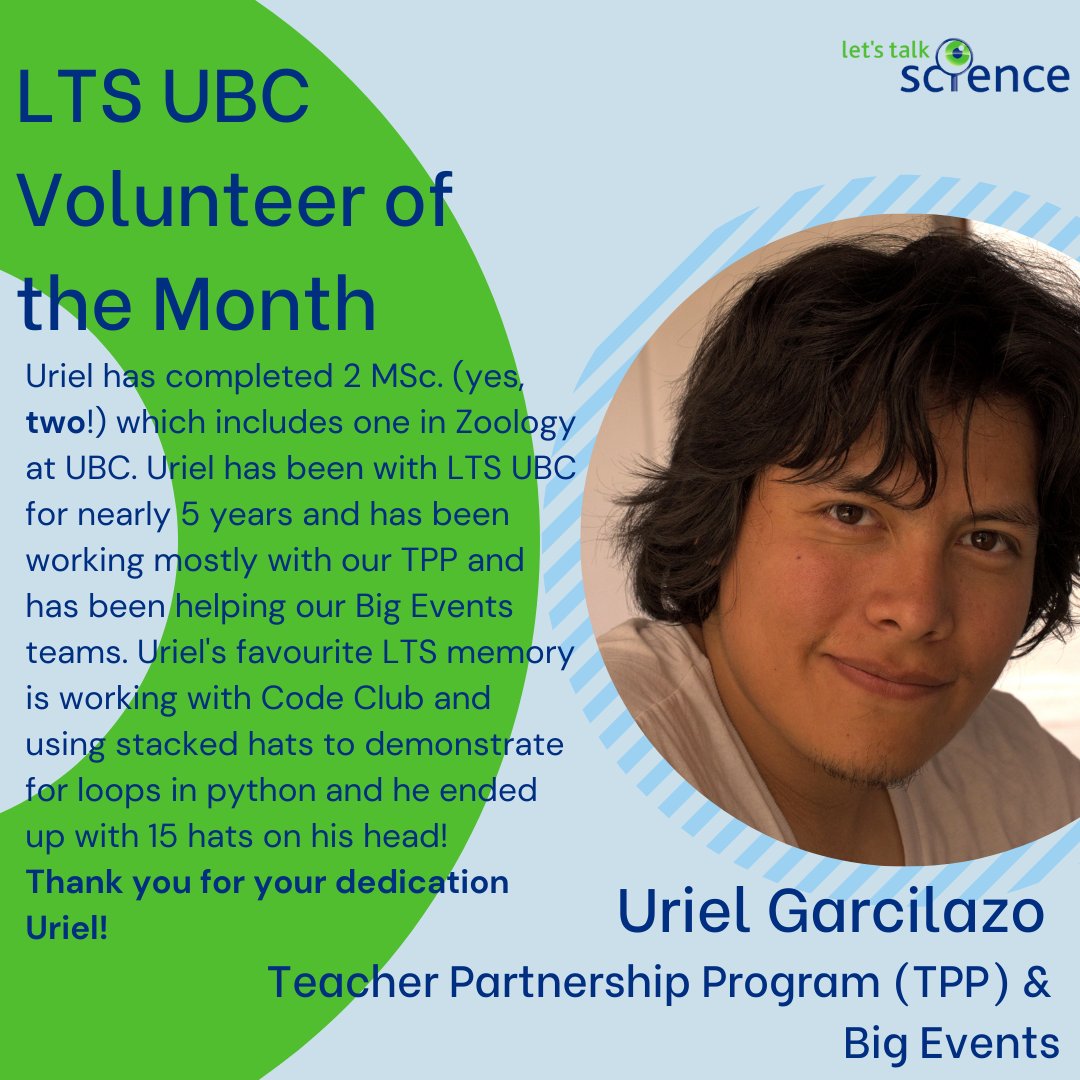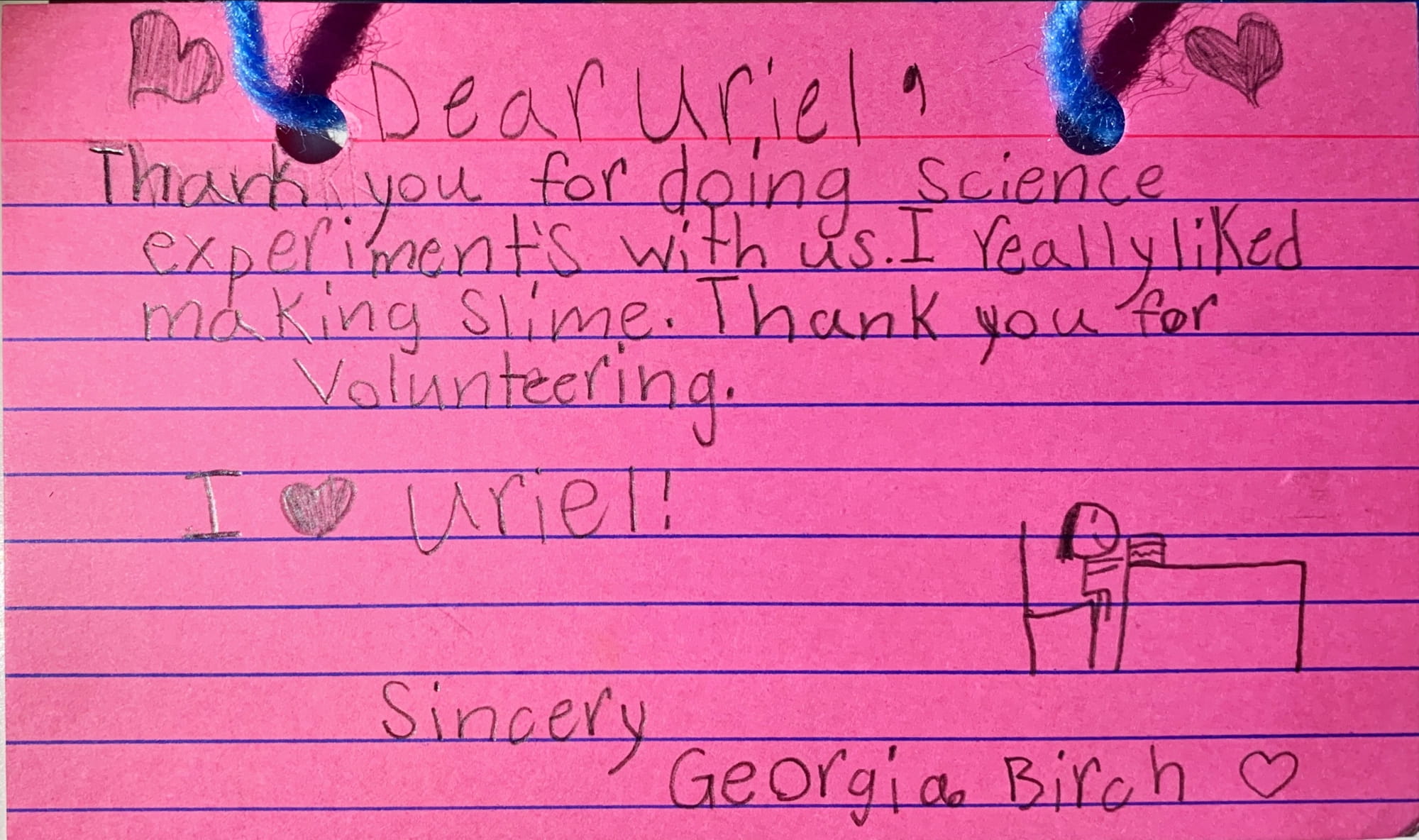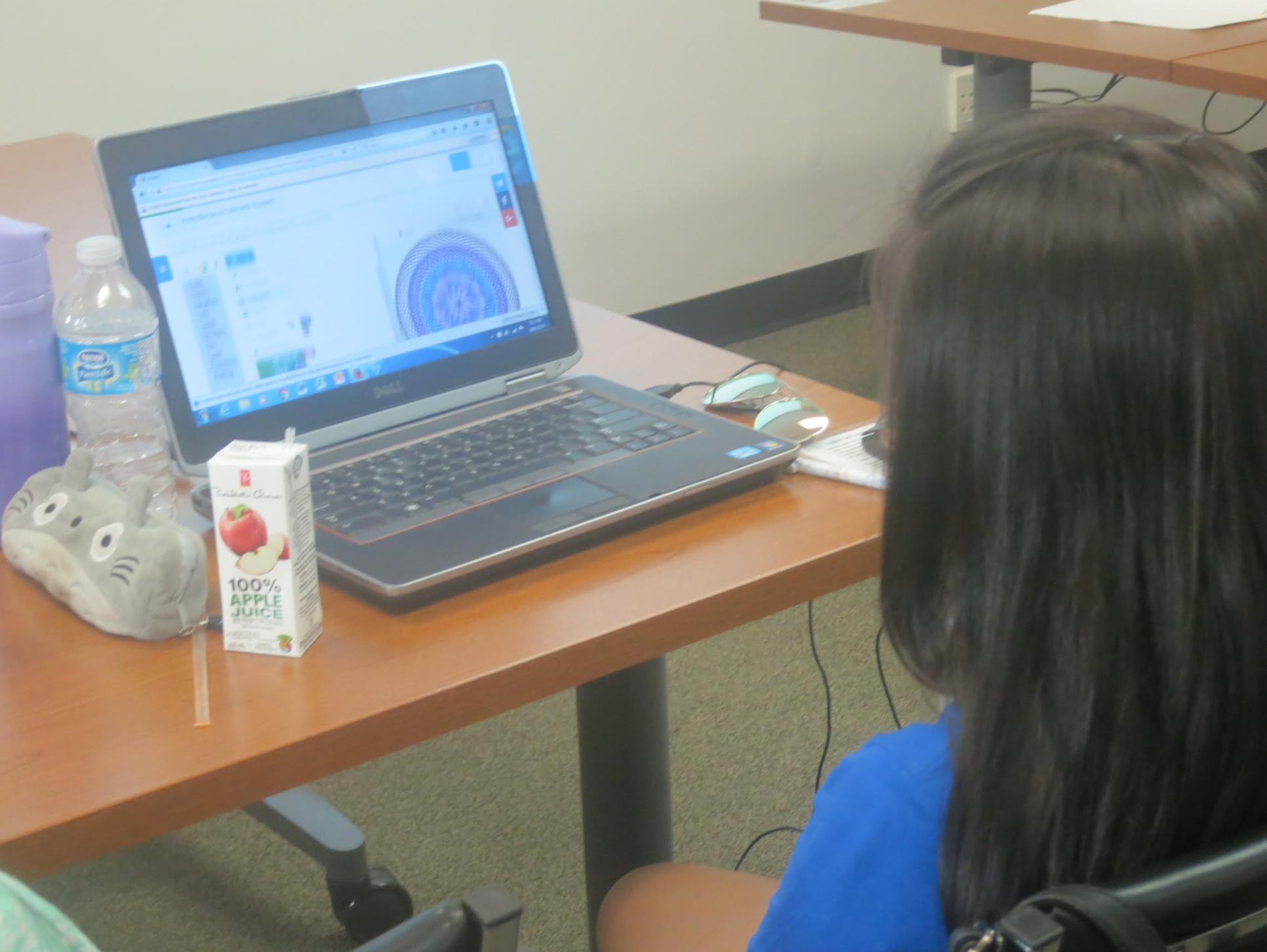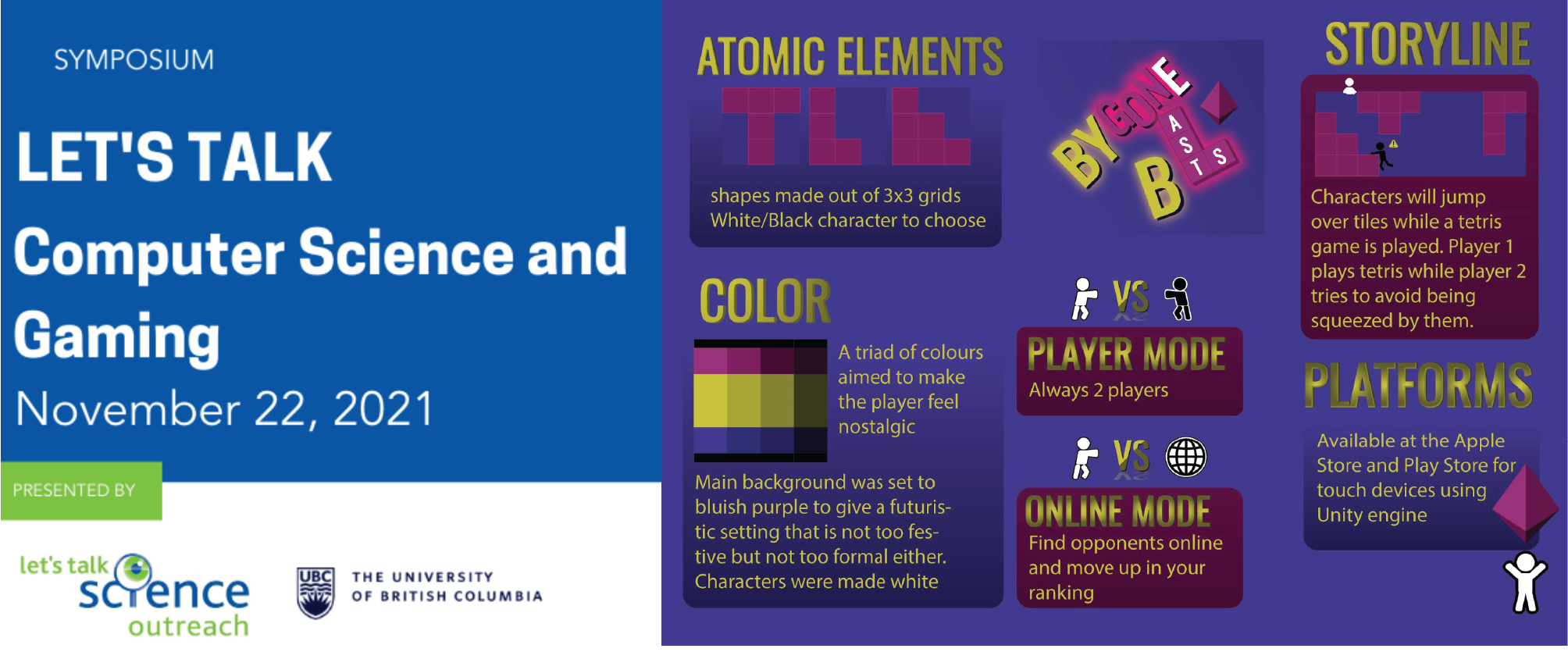Leading expeditions to the tropics
I organized a scientific expedition to Mexico in 2019. My team of 7 people and I were in the search of very elusive species of spiders new to science over the course of a month. The size of the event made necesary the collaboration across Universities, and gave us the opportunity to bring science to marginalized communities in the highlands of Mexico. We advertised our expedition in collaboration with the Beaty Museum at the University of British Columbia.
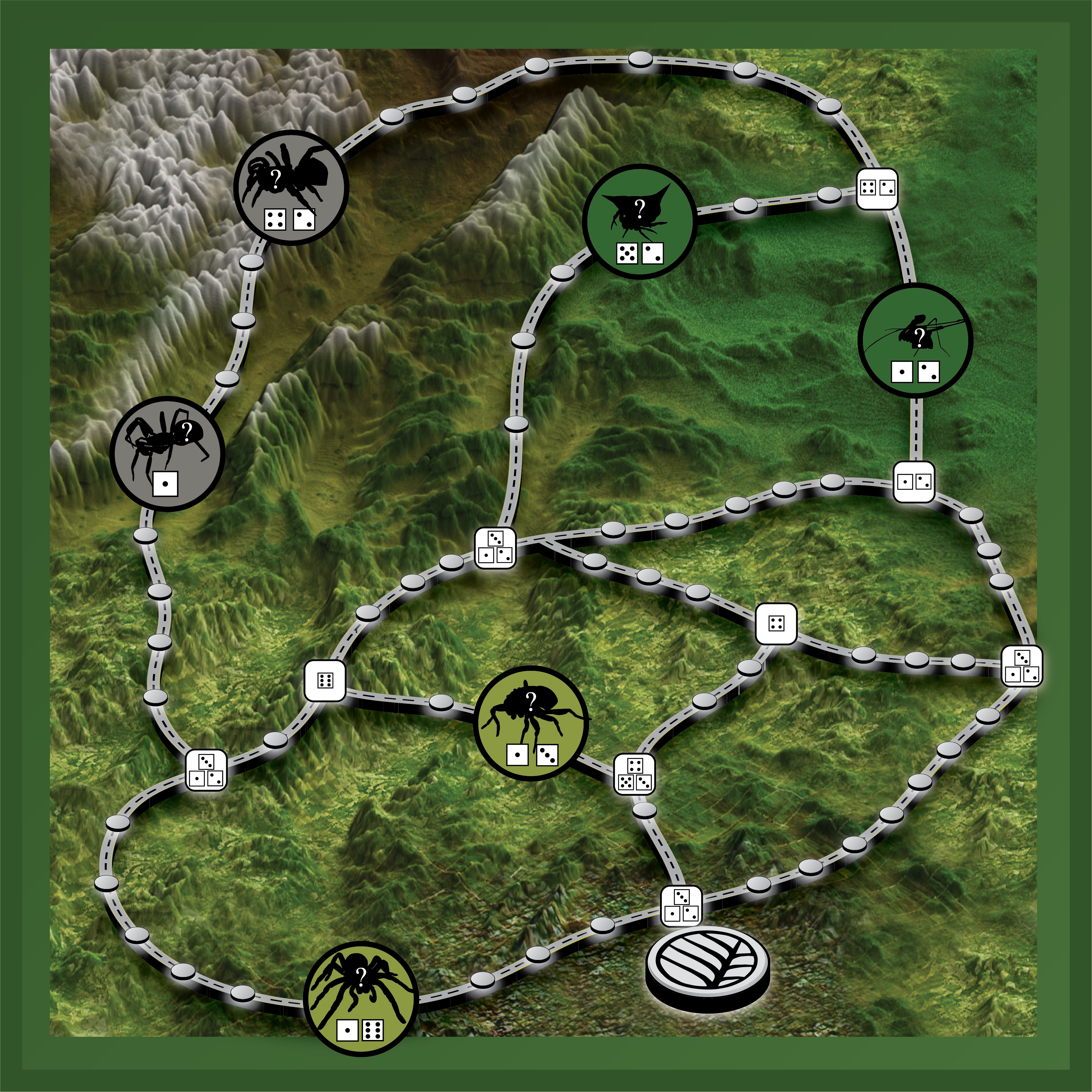
Our collaboration with the museum brought the opportunity of making a new board
game
we called
Taxonomy. Taxonomy is based on navigating maps while trying to flip
tokens
(representing spiders)
by rolling a dice.
The illustrations were made using Adobe Illustrator, and the maps, height maps
and
textures generated
with the TerrainTools Add-On in Photoshop CC-2020. Two versions of the game were
created. The first one
was taken with us during the expeditions, whereas the second one is currently
deposited in the
interactive room of the Beaty Museum at the University of British Columbia.
